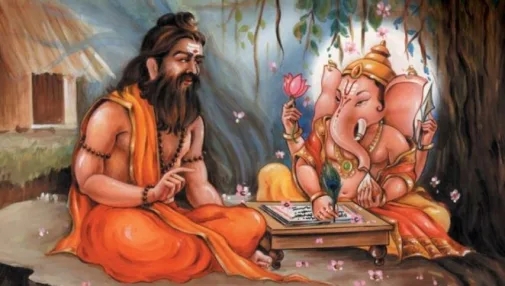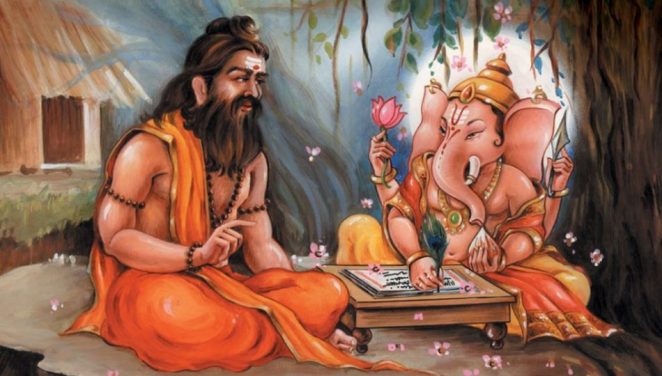Lord Ganesha is one of the most revered God in Hinduism and is worshipped by all over India, especially Maharashtra. He is always invoked the first before starting any puja or auspicious activity. Therefore, when it comes to starting anything, we say that we did its “Shree Ganesh.”
Ganesha is known by a lot of names like Ganpati, Gajanan, Ganashisha, etc. Another name of his is “Ekdant”, which translates to someone with ‘one tooth’. If you look at any idol or picture of Ganesha, you would always notice that his left tusk or tooth is either broken or missing. There is a story behind this.
It is believed that when the great rishi Ved Vyas wanted to write down the Mahabharata, he approached Ganesha to do the honours. It was decided that Vyas would recite the epic as a form of a poem and Ganesha would jot it down. But Ganesha had one condition that the whole activity should take place in one go, without any interruption or break. Vyas agreed and also put forth his own condition that Ganesha would need to understand each Shloka before jotting it down.
Photo source: Ritsin.com
Thus, Vyas started narrating the Mahabharata and Ganesh started writing it. In the middle of the narration, the tip of Ganesha’s pen broke. He couldn’t get up and get another pen because of the condition put forth by him. Hence, he breaks his left tusk and uses its pointed tip as a pen to write down the remaining part of the Mahabharata.
Hence, Ganesha also came to be known as “Ekdant” since he sacrificed one of his tusks to write it.
There is also another version of the story that goes a bit further. Because of the condition of uninterrupted narration put forth by Ganesha, Vyas was unable to take any rest despite being tired. Hence, he narrated a few Shlokas in a complicated manner. As Ganesha would take time to understand them, as per Vyas’ condition, the latter used that time to rest in between.
Mahabharata goes onto become one of the greatest epics the world ever saw and it continues to awe its readers.
Also read: Watch: Qawwali song on Lord Ganesha

